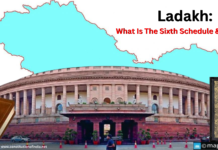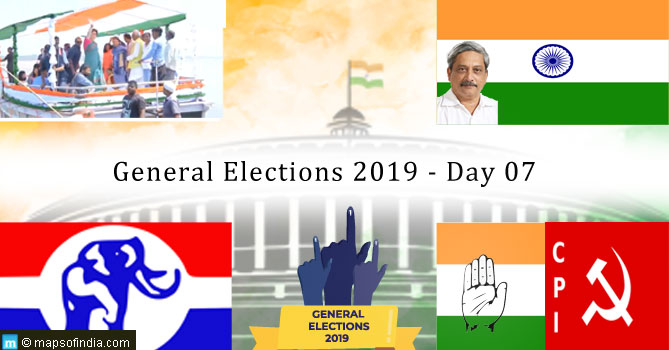Mao Tse Tung once quoted that “Political power grows out from the barrel of a gun”. The Maoists are staunch believers in this philosophy and hence the name. The Maoist insurgency in India first began in 1967, a rural uprising in Naxalbari – a village in West Bengal led mostly by the university educated students and urbanities. By early 1970 though, the first wave of the agitation was crushed by the Indian Government, violence had surged again with the unification of the two extremist factions, The People’s War Group and the Maoist Communist Party of India.
Present day Maoists have gained control over vast expanses of land in spanning the states of Jharkhand, West Bengal, Odisha, Bihar, and Andhra Pradesh and also reaches into Uttar Pradesh and Karnataka thus establishing the Red Corridor. Over the past two decades Marxism as a political influence has declined in most of the world but Maoist insurgency has not only persisted in India but expanded. According to an estimate, Maoist insurgents are active in 223 districts out of 626 districts in India. Most of their weapons are stolen security forces bought from the black market or made in basic workshops. However, their arsenal is quite impressive including AK-47 assault rifles, nine millimeter pistols, rocket-propelled grenade launchers and workshop-made versions of Second World War Claymore mines that can cut a standard issue police Gypsy into half when exploded.
The three highly affected Maoists districts -West Midnapore, Purulia and Bankura, popularly known as the Jungal Mahal, was a hotbed of Maoist activities. CM Mamata Banerjee tried to crush the Maoist movement in this area with the aid of the local police, the RAF and paramilitary forces. However, she was evidently fighting a lost battle. After numerous casualties, the police and the paramilitary forces entrenched in the counter insurgency operations have come to realize the importance of training, astute leadership and need for advanced skills because it has been proved time and again that the Maoists are far superior in training than the counter insurgency forces.
The basic aim of the Maoist movement according to their “literature” is to target the “eco imperialist exploitation” by multinational companies and the “social oppression” of the Indian caste system. Most of the Maoist recruits are from the marginalized tribal communities of India though the groups leaders are largely educated and many have urban backgrounds.
Home-bred terrorism is always difficult to oust like the Irish Republican Army (IRA) in Ireland. The Maoist issue can only be resolved by involving the tribal in developmental activities. Unless they are benefited by development, given proper jobs, and provided with services like water, health, road and education, the issue will stay unresolved. There is also a need for a more humane approach by projecting soft power instead of a sledgehammer approach which has always failed to counter insurgencies in India.
The violence in the Jungal Mahal area had somewhat ebbed after the arrest of the key Maoist leader Kishenji. Besides, after losing this lost battle with the Maoists, the CM has adopted a different tactic. She has made at least three visits to the Jungal Mahal area. She had announced several welfare schemes and carried out a special recruitment drive for tribal youths in the area which had received overwhelming response. But such welfare schemes should be adopted on a much larger scale. Underdevelopment, misgovernance and corruption continue to batter Jungal Mahal and the poorer parts of West Bengal. The root causes of conflict continue nurturing the seeds of discontent. Fresh violence has again started to erupt in Jungal Mahal and other Maoist-infested areas. The Indian government needs to show more alacrity in solving the Maoist issue or else we are definitely going to have another case of the IRA in our hands.




